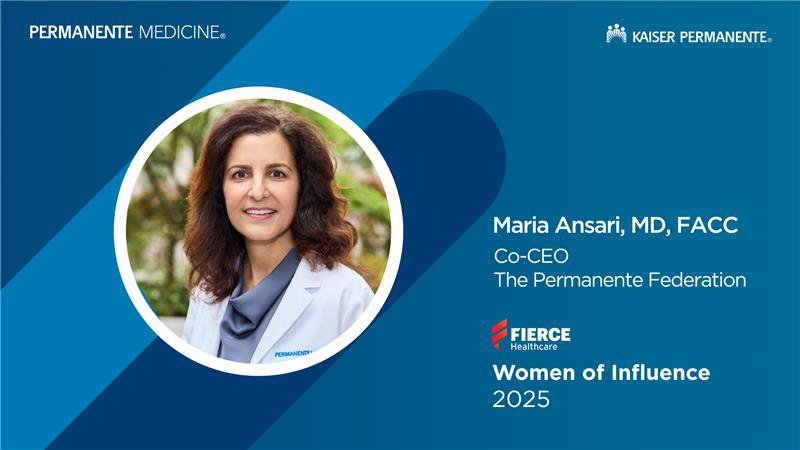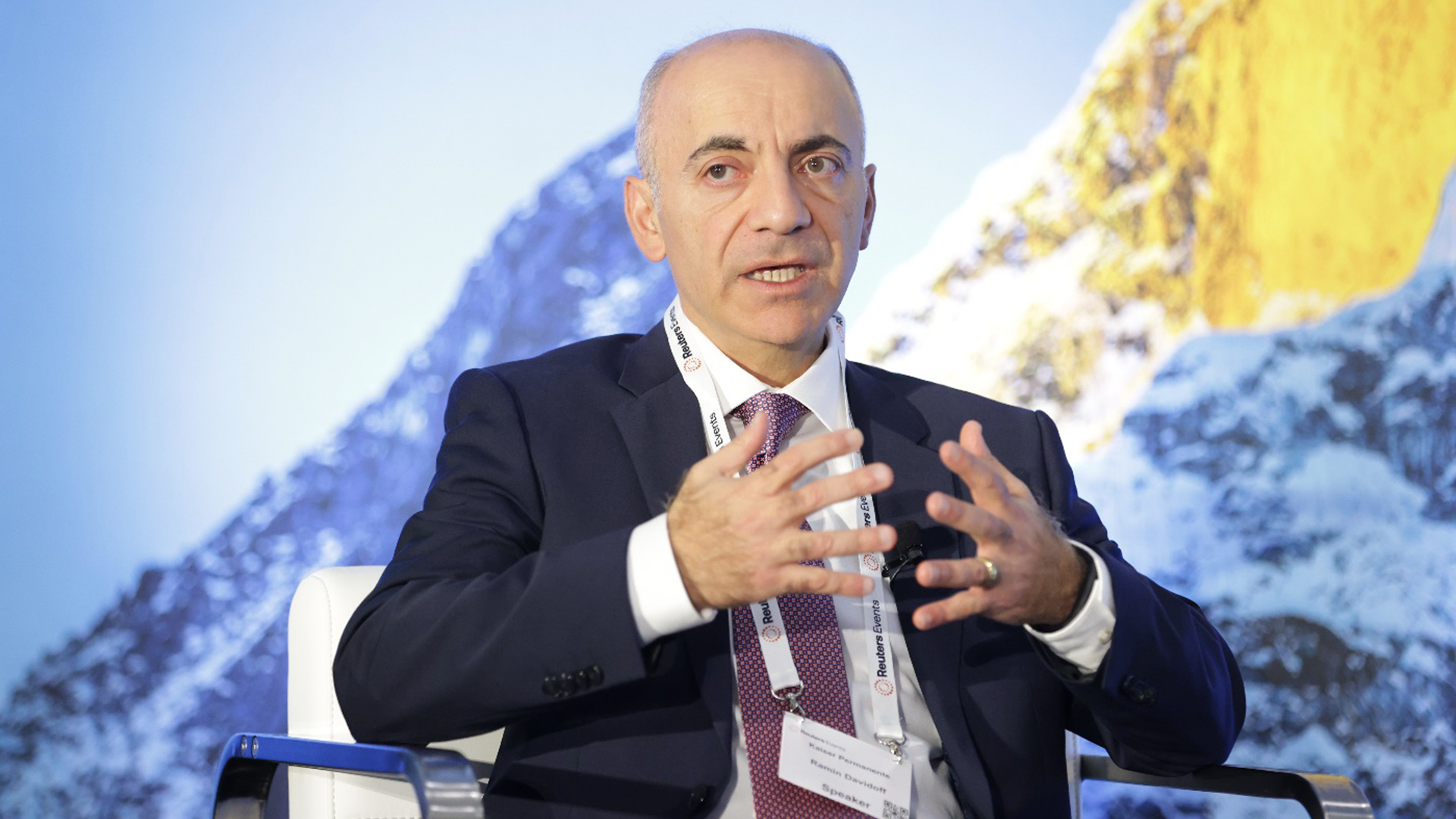Co-CEO of The Permanente Federation recognized for prioritizing physician wellness, improving care quality, and driving advancements in AI.

Dr. MacLean on advancing value-based care via digital health
In a fireside chat hosted by mHealthIntelligence, Ainsley MacLean, MD, chief medical information officer and chief artificial intelligence officer for the Mid-Atlantic Permanente Medical Group, discussed how digital health care programs and integrations advance Kaiser Permanente’s evidence-based, physician-led value-based care delivery.
“At Kaiser Permanente, we have an integrated value-based care model, and that includes both our Permanente Medical Groups [and] Kaiser Foundation Health Plan and Hospitals,” said Dr. MacLean. “Having both the payer and the provider in that ecosystem enables our physicians really to lead in the delivery of high-quality, culturally responsive, and cost-effective care for all our patients.”
Kaiser Permanente is a pioneer in value-based care, having established its first unique model nearly 80 years ago with the launch of a unique organization that combined a prepaid health plan and a multispecialty group medical practice. That effort eventually evolved into the Kaiser Permanente ecosystem, Dr. MacLean explained. Nearly a century of experience rolling out tools to support physicians readied Kaiser Permanente to quickly and effectively adopt and leverage emerging technologies that bolster its care model.
Related value-based care story: Ramin Davidoff, MD, on the benefits of integrated, value-based care
“If we can share best practices across our organization, if we can standardize care through technology, ultimately it elevates the care we provide,” said Dr. MacLean. “At the end of the day, the patients really win because we can provide a more uniform experience.”
Kaiser Permanente’s philosophy regarding technological integration is that it should make doing the right thing the easiest thing, Dr. MacLean explained. For example, with electronic medical records, patients needing preventive care like mammograms are notified during in-person or virtual visits, and can schedule appointments immediately. Most follow-up appointments or treatments are pre-approved, eliminating the headache of prior authorization-related delays common in fragmented care.
Related value-based care story: How value-based care improves breast cancer survival rates
“What we’ve done within Kaiser Permanente is basically build in [approval] so that, from the time of the screening mammogram, everything is streamlined all the way through to the biopsy,” said Dr. MacLean. “The outcomes are significant: Kaiser Permanente patients who are diagnosed with breast cancer have better outcomes and lower mortality than the rest of the country.”
Technologies like telehealth and remote patient monitoring empower patients and physicians alike, Dr. MacLean explained. Providing care at home, when feasible and preferred by the patient, increases access and comfort while allowing physicians to gain additional insights into the patient’s home environment to inform care decisions.
Technological integration at Kaiser Permanente is “about how we can, as a system, get you the care you need as quickly as possible delivered by physicians,” said Dr. MacLean.
Reimbursement for health care technologies is a challenge for traditional payers, but Kaiser Permanente’s integrated value-based care model freed it from that barrier, according to Dr. MacLean. Rather than worrying about how to pay for new innovations in health care delivery, Kaiser Permanente physicians focus solely on what matters: patient outcomes.
Related value-based care story: Maria Ansari, MD, talks value-based care, physician burnout
Looking ahead to emerging technologies like generative and predictive artificial intelligence (AI), Dr. MacLean shared positive experiences of Kaiser Permanente’s initial — and one of the world’s largest — deployment of health care AI. The introduction to more than 24,000 Permanente physicians of an AI-powered ambient listening tool that supports clinical notetaking had immediate and profound effects on physician morale and burnout — a welcome, if unique, return on investment other systems should consider.
“Physicians love what they do, so we absolutely need to give them all these tools,” said Dr. MacLean. “It’s great to have your physicians look patients in the eye during their exams knowing that technology is helping them do an incredible job and bringing joy back to medicine.”
Note: You can view the full fireside chat here and read a related story here.


